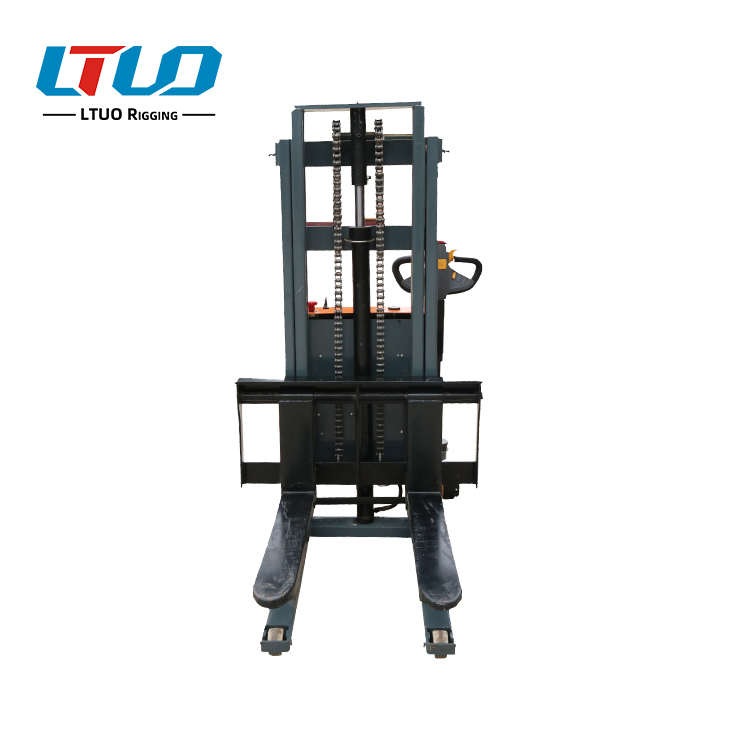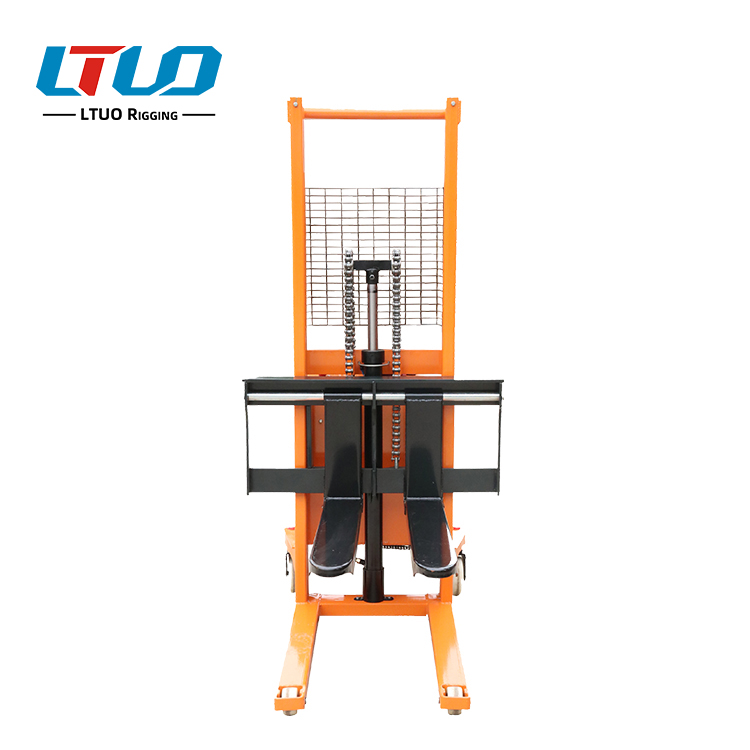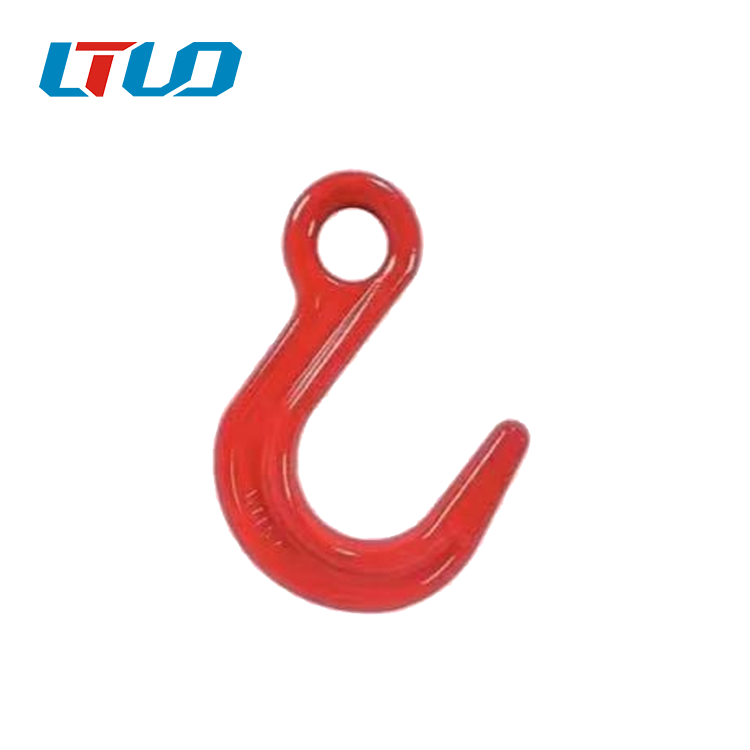1, the steel wire rope on the drum should be arranged neatly, such as overlapping and oblique winding, should be stopped and rearranged. It is strictly forbidden to pull and step on the wire rope with hands and feet during rotation. The wire rope should not be completely released, and at least three circles should be retained. 2, the wire rope shall not be knotted, twisted, in a pitch more than 10% of the broken line, should be replaced. 3. During the operation, no one shall cross the wire rope, and after the object (object) is lifted, the operator shall not leave the hoist. Objects or hanging cages should be lowered to the ground when resting. 4, in the operation, the driver and the signal operator should maintain good visibility with the lifting object, the driver and the signal operator should cooperate closely and obey the unified command of the signal. 5. In case of power failure during operation, the power supply should be cut off and the elevator should be lowered to the ground. 6, the work should listen to the signal of the commander, the signal is unclear or may cause an accident should suspend the operation, until the situation can continue to work.
The working principle of the hoist is to convert electrical energy into mechanical energy through the motor, that is, the rotor of the motor rotates and outputs, and then drives the drum to rotate after being decelerated by the triangle belt, shaft and gear. The reel winds the wire rope and passes through the pulley set, so that the crane hook lifts or drops the load Q, converts the mechanical energy into mechanical work, and completes the vertical transport loading and unloading of the load. The electric hoist structure is composed of a motor, a coupling, a brake, a gear box and a drum, which are jointly installed on the frame. Electric hoist can also be called electric hoist. For the lifting height and loading volume is large, and the work is busy, the speed regulation performance is required to be good, especially the empty hook can fall quickly. For installed or sensitive materials, it is necessary to be able to drop at a fretting speed. The winch includes fast winch and slow winch, which can only be used on the ground. It is powered by a motor, with elastic coupling, three-level closed gear reducer, toothed coupling driving drum and electromagnetic braking. The product has high versatility, compact structure, small size, light weight, heavy lifting, easy to use and transfer, and is widely used in construction, water conservancy engineering, forestry, mining, wharf and other material lifting or flat towing, and can also be used as a modern electronic control automatic operation line supporting equipment.
1, the steel wire rope on the drum should be arranged neatly, such as overlapping and oblique winding, should be stopped and rearranged. It is strictly forbidden to pull and step on the wire rope with hands and feet during rotation. The wire rope should not be completely released, and at least three circles should be retained. 2, the wire rope shall not be knotted, twisted, in a pitch more than 10% of the broken line, should be replaced. 3. During the operation, no one shall cross the wire rope, and after the object (object) is lifted, the operator shall not leave the hoist. Objects or hanging cages should be lowered to the ground when resting. 4, in the operation, the driver and the signal operator should maintain good visibility with the lifting object, the driver and the signal operator should cooperate closely and obey the unified command of the signal. 5. In case of power failure during operation, the power supply should be cut off and the elevator should be lowered to the ground. 6, the work should listen to the signal of the commander, the signal is unclear or may cause an accident should suspend the operation, until the situation can continue to work.
Next: Safety regulations for the use of hand hoist
Previous: Requirements for safe use of winches

2TC Series:The microelectric Stacker is a manual propulsion and electric stacker that provides cost-...

1tC Series:The microelectric Stacker is a manual propulsion and electric stacker that provides cost-...

Smooth surface, uniform color, specifications, information, clear CE markingMade of high quality all...

Rated load: 3.8TPurpose: The hook is mainly used as a connecting tool in lifting operationMaterial: ...